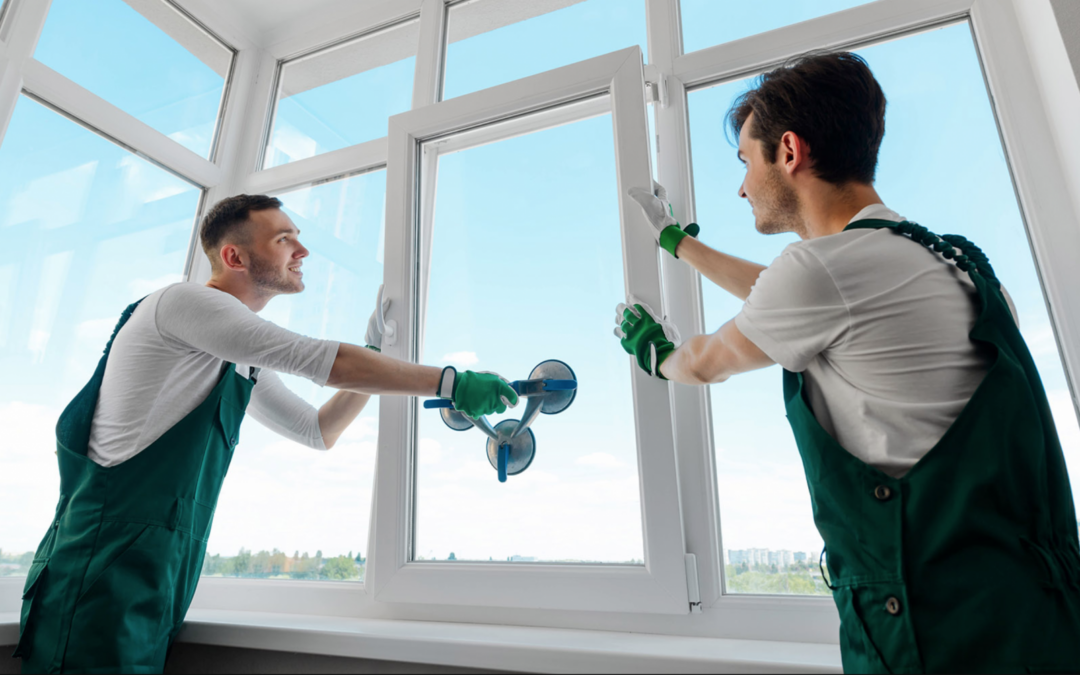For homeowners in Hamilton, maintaining the charm and functionality of their homes often involves some hands-on upkeep, especially when it comes to window maintenance. While some window issues might necessitate professional intervention, many common problems can be effectively managed with a do-it-yourself approach. This comprehensive guide is designed to equip Hamilton homeowners with practical DIY window repair tips, enabling them to confidently tackle a range of minor window issues. From fixing drafts to dealing with stuck windows or broken panes, these tips provide straightforward solutions that can save time and money, while preserving the integrity and appearance of their windows.
Addressing Drafts and Air Leaks
Drafty windows can significantly impact your home’s energy efficiency and comfort, but with simple tools and techniques, these can be easily remedied.
Identifying the Leak: Use a smoke pencil or incense stick near the window on a windy day to detect air leaks. Moving smoke indicates a draft.
Weatherstripping: Choose from foam, felt, or rubber weatherstripping to seal gaps. Measure the area around your window and cut the weatherstripping to fit.
Caulking: For non-moving parts of the window, use silicone caulk to fill in gaps. Ensure the surface is clean and dry for the best adhesion.
Tackling drafts and air leaks can significantly improve your home’s thermal efficiency, leading to lower energy costs and increased comfort.
Repairing Stuck Windows
A window that won’t open or close properly can be frustrating, but often the solution is simpler than it seems.
Cleaning Tracks and Rollers: Accumulated dirt and grime can impede window movement. Clean the tracks and frame thoroughly with a brush and mild detergent.
Lubricating Moving Parts: Apply a dry PTFE lubricant to the tracks and hinges. Avoid oil-based lubricants as they can attract more dirt.
Adjusting or Replacing Hardware: Check for and tighten any loose screws. If the hardware is damaged, consider replacing it with new parts available at local hardware stores.
Regular cleaning and lubrication can keep windows operating smoothly, and timely hardware replacement can prevent larger issues.

Fixing Cracked or Broken Glass
Dealing with broken window glass can be challenging, but with careful handling and the right tools, you can replace a pane yourself.
Safety First: Always wear gloves and safety glasses. Remove any loose glass pieces carefully and dispose of them safely.
Removing Broken Glass: Use a putty knife to remove old putty and then extract the glazier’s points (small metal triangles that hold the pane in place).
Installing New Glass: Measure the opening and get a new glass pane cut to size. Apply a thin layer of glazing compound around the frame, place the new pane, and secure it with new glazier’s points. Seal with more glazing compound.
Replacing a broken window pane is not only about restoring its appearance but also about ensuring the safety and insulation of your home.
Restoring Wood Window Frames
Wooden window frames add character but require maintenance to keep them in good shape.
Sanding and Cleaning: Use sandpaper to smooth out rough areas and flaking paint. This prepares the wood for further treatment.
Repairing Damaged Wood: Apply wood filler to any cracks or holes, and sand it smooth once it dries.
Refinishing or Painting: Apply a primer and then paint or stain the wood. This not only enhances its appearance but also provides protection against the elements.
Regular maintenance of wooden frames can prevent decay and prolong the life of your windows, preserving the charm of your home.
Replacing Window Screens
A torn window screen can diminish the functionality of a window. Replacing the screen is a straightforward task that can refresh the look of your windows.
Removing the Old Screen: Carefully remove the damaged screen. Measure the frame to determine the size of the new screening material needed.
Cutting New Screen Material: Lay the new screen over the frame, and cut it slightly larger than the frame size. Use a spline roller to press the screen into the frame’s groove with a new spline.
Installing the New Screen: Once the screen is securely in place, trim any excess material for a neat finish.
Replacing window screens not only enhances the aesthetic appeal but also restores their functionality, keeping insects out while allowing fresh air in.
DIY window repair is a rewarding way for Hamilton homeowners to maintain and improve their homes. By tackling common issues like drafts, stuck windows, broken glass, deteriorating frames, and damaged screens, homeowners can extend the life of their windows and enhance their home’s comfort and appearance. With the right tools and a bit of patience, these DIY repairs can be both cost-effective and gratifying.
